Drone detection using multi-stage detection techniques including passive electromagnetic sensing, Active radar based sensing, passive direction finding, optical and infrared based detection.
Artificial Intelligence-based drone classification, and parameter assessment of target’s data link. AI-based engagement solution selection; best suited for maximizing kill probability.
Multi-pronged targeting of the incoming drones using proprietary techniques employing a combination of jamming, GPS spoofing and kinetic solutions. Automatic engagement as well as user-driven solution.
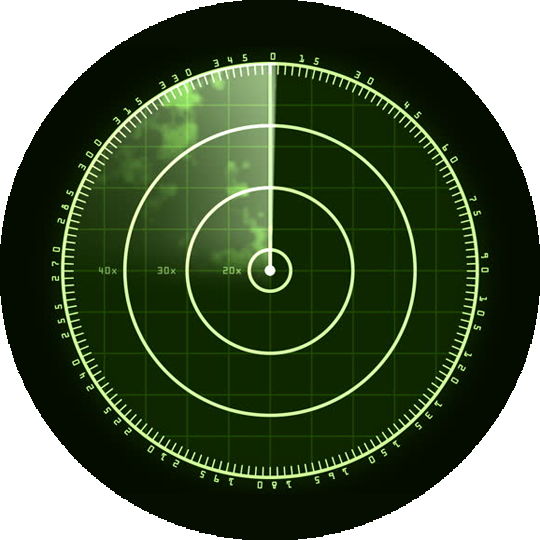
Drone Detection through passive detection of RF signatures of drones and data link between drone and its operator.
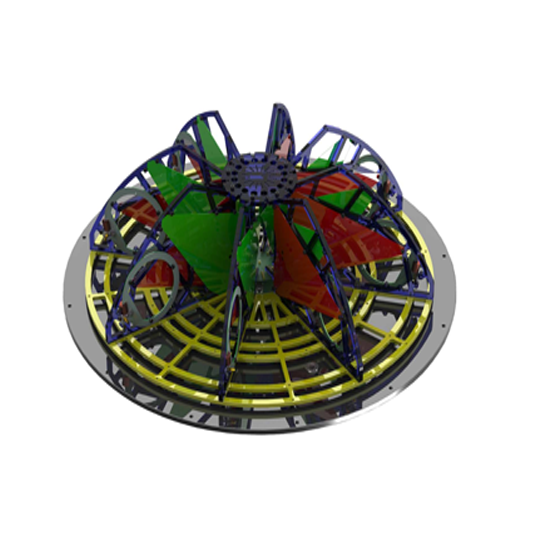
Passive detection of “Direction of Arrival (DOA)” of the incoming drone using RF transmission inputs and proprietary DSP (Digital Signal Processing) algorithms.

Multi-sensor based active drone detection and tracking of both drones and their operators, after initial detection.
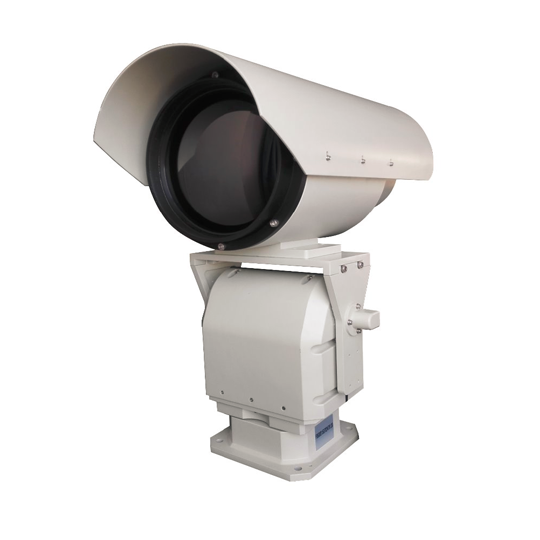
State-of-the-art optical detection using automatic PTZ Camera and IR Sensor systems. IR systems provide night vision and thermal imaging capabilities.

RF Jammers mounted on a motorized pan-tilt positioner. Pencil beam minimizes interference and maximizes EIRP on the target axis.
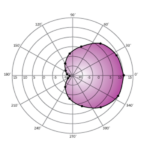
Sectoral jammers provide wide directional jamming capabilities to neutralize drone swarms. The Decision Grid selects the best jamming algorithms suited for the immediate threat environment.

Jamming and spoofing signals in bands of GPS, GLONASS, Beidou and Galileo constellations.
Gate Pulling algorithms for drones with INS or INS assisted navigation.
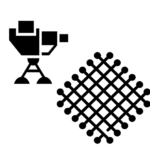
Provision for an operator assisted kinetic solution to be integrated into the Action Grid.
Auto-tracking pan-tilt enabled kinetic solutions or AI assisted trigger mechanisms.